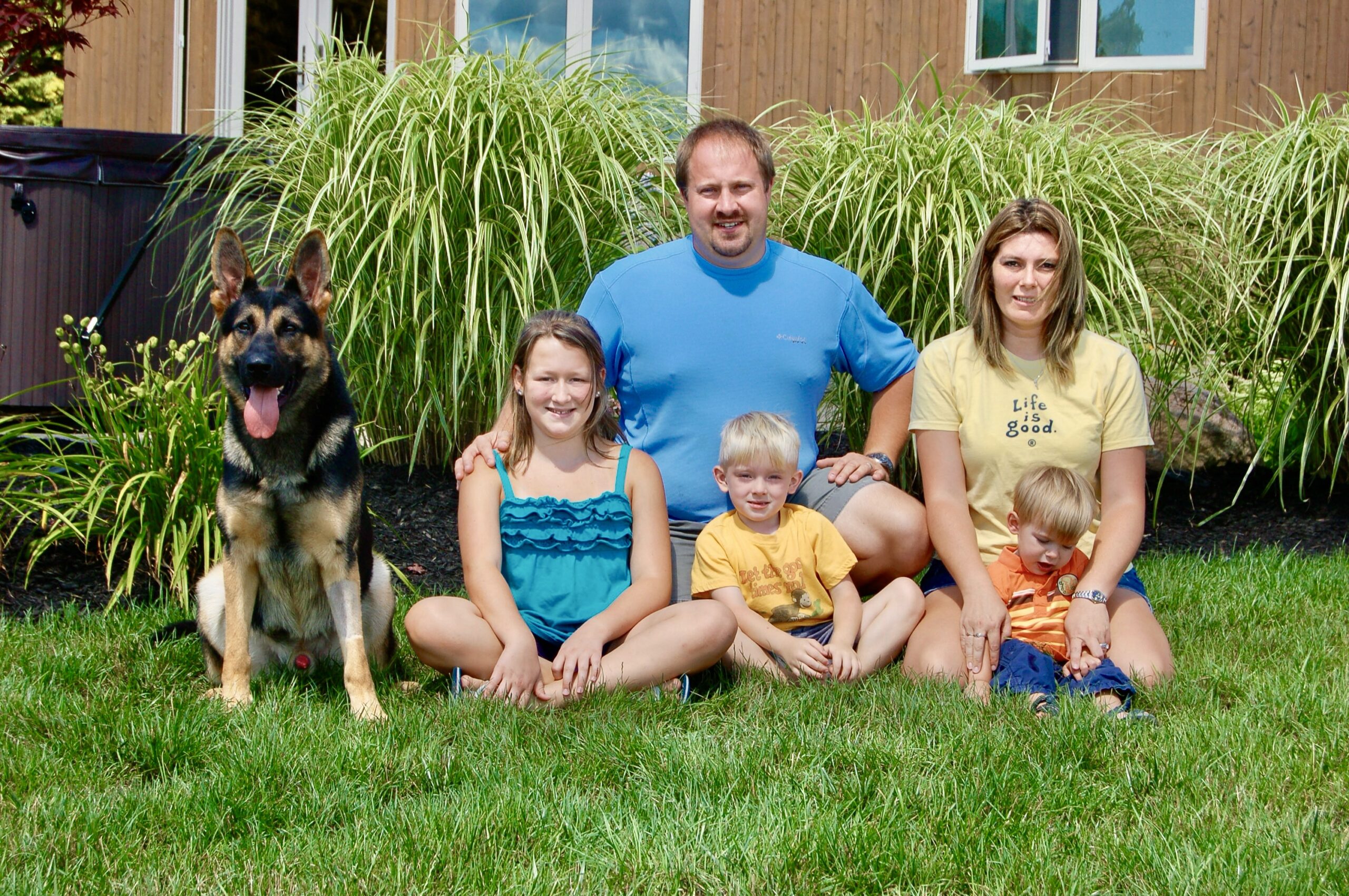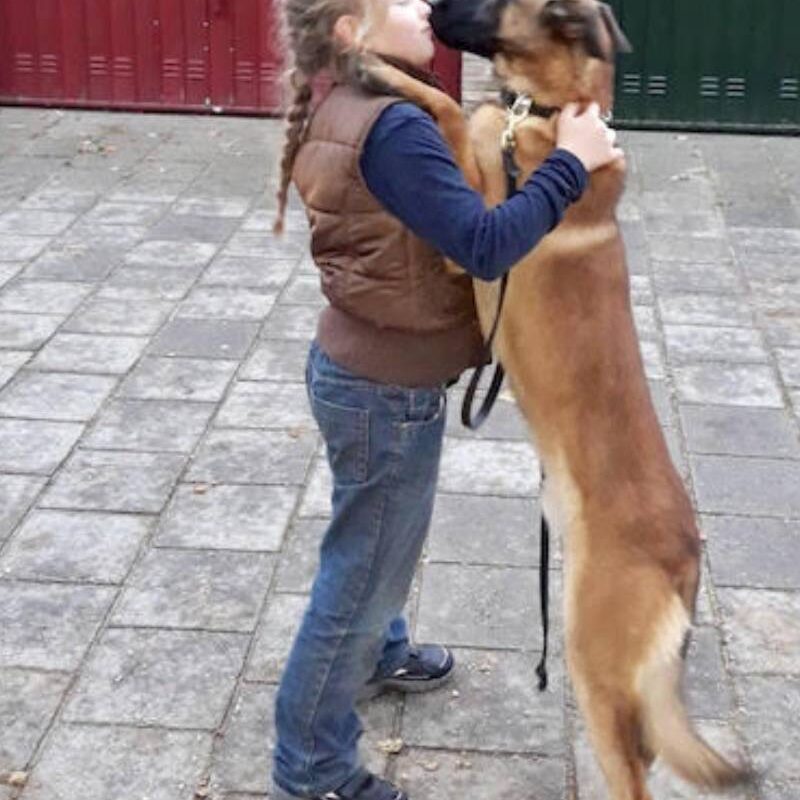How to Say Goodbye to Your Dog When Leaving the House
While there are certainly some dogs that are unaffected when the owner steps out of the house, you may have a dog that gets anxious when he’s being left alone. If your dog suffers from separation anxiety at all, the worst thing that you can do is share a lengthy and emotional goodbye with him when you’re stepping out the door. This can be especially challenging for family members who may also struggle with saying goodbye in a more emotional way.
Does your dog have anxiety
Even without a lot of emotion involved, being left alone can be difficult for your dog, especially if theres anxiety issues. If you make things even more anxious for him by extending your goodbye, he’ll get too worked up and suffer even more. It’s natural for us to want to communicate with our best friends. We want to explain to them that things will be fine and we’ll be back soon. While this may leave you feeling better, it can affect your dog in a negative way.
You have excited your dog with the goodbye, and once you’re gone, he’ll have to transfer from this high of attention to a low when you’re not there. This sudden shift can lead to feelings of abandonment and anxiety. To make the transition easier for your dog, it’s important to adopt a calm and composed demeanor when you prepare to leave. This will help create a more relaxed atmosphere for both you and your furry friend.
If you want your dog to stay as relaxed as possible when you’re out of the house, the best way to do it is to make your departure a non-event. Just leave without saying a word. It might seem tough to do at first, but it will get easier. However, over time, you will notice a significant difference in your dog’s behavior when you implement this strategy.
How to help your dog feel relaxed
Although it may seem like it’s an unfeeling way to leave the home, it’s much better for your dog. He’ll feel more comfortable and relaxed while you’re gone and will be able to better accept your leaving. Greet your dog enthusiastically, and express your joy at being back together. This will reinforce the positive association with your return and help alleviate any anxiety he may have experienced in your absence.
In addition to adjusting how you say goodbye, there are several other strategies that can help your dog cope with separation anxiety. One effective method is to gradually accustom your dog to being alone. Start with short departures, leaving your dog alone for just a few minutes at a time. Gradually increase the duration as your dog becomes more comfortable being by himself. This gradual approach will help him learn that being alone is not a cause for concern and that you will always come back.
Consistant Routine
Establishing a routine can also be beneficial. Dogs thrive on consistency, so try to leave and return at the same times each day. Family members can play a key role in this routine, ensuring everyone is on the same page and contributes to a calm environment.
Remember, you are not alone in this journey. Many dog owners face similar challenges, and with the right approach, you can help your new companion to feel safe and secure when you leave. By implementing these strategies, you will not only make your departures easier for your dog but also improve the overall quality of life for both of you.
Make your goodbyes short and sweet
In summary, when you’re figuring out how to say goodbye to your dog when you leave for the day or even just a few hours, it’s crucial to keep things low-key. Avoid lengthy goodbyes, create a comforting environment, establish a routine, and be patient with your dog’s progress. By doing so, you’ll foster a sense of security and comfort for your dog, allowing him to cope better with your absences. Ultimately, the goal is to create a positive experience for both you and your dog, paving the way for a more harmonious relationship.
Another aspect to consider is the time of day you choose to leave. If possible, try to plan your departures during times when your dog is naturally less active or sleepy. For instance, if your dog generally enjoys a long walk in the morning, you might find it easier to leave after a satisfying play session. A tired dog is often a more relaxed dog, which can ease the transition when you leave.
Finally, never underestimate the power of love and reassurance. When you are home, shower your dog with affection, engage in fun activities, and make quality time together a priority. This will not only strengthen your bond but also provide your dog with the emotional support he needs to feel secure during those times when you are not around.
Love and Reassurance
With dedication and consistancy you can help your dog navigate the challenges of separation and create a more peaceful home environment for both of you. It’s a process, but with each small step, you’re contributing to a happier, healthier, and more confident dog. Remember, you’re not just saying goodbye; you’re also assuring your beloved companion that he is safe, loved, and that you will always come back.
If your dog suffers from any type of anxiety, please contact us through our website. We can help with all dog obedience training in Fort Erie , St. Catharines, Welland and Thorold.


